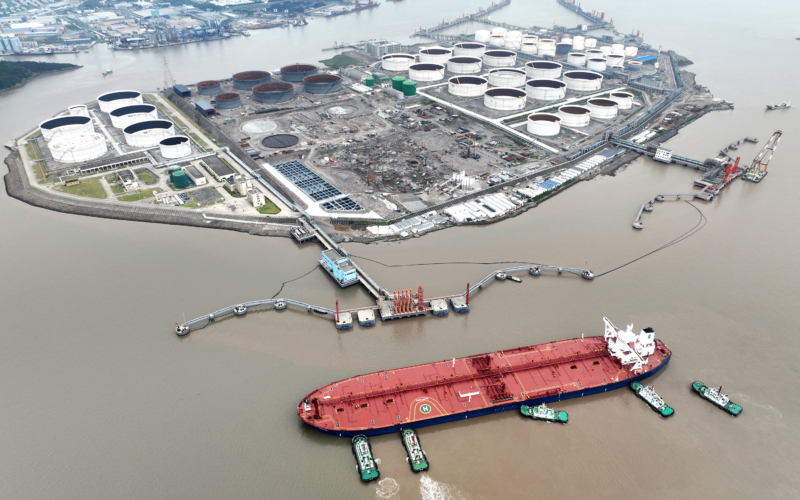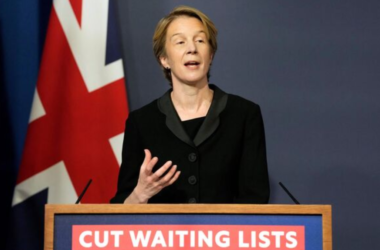Oil prices remained stable near their highest levels since late April on Friday, marking a potential fourth consecutive week of gains driven by optimistic outlooks on summer fuel demand and supply dynamics.
Brent crude futures edged up by 8 cents to reach $87.51 per barrel by 1301 GMT, reflecting a marginal increase of 0.1%. Similarly, U.S. West Texas Intermediate (WTI) crude futures saw a 10-cent rise, also up 0.1%, settling at $83.98 per barrel.
Trading during the week was influenced by robust expectations of strong summer fuel demand in the United States, buoying prices despite thin trading conditions due to the Independence Day holiday closure of the U.S. market. Analysts and traders have maintained optimism regarding the driving season, contributing to bullish sentiments in the oil market.
The U.S. Energy Information Administration (EIA) reported a significant drawdown of 12.2 million barrels in inventories last week, far surpassing analyst projections of a 700,000 barrel draw. This unexpected reduction in supply supported prices amid ongoing concerns about global supply deficits.
On the supply side, Russian oil giants Rosneft and Lukoil announced substantial cuts to oil exports from Novorossiisk, signaling potential supply constraints in the third quarter. However, analysts cautioned about Russia’s historical challenges in adhering to production quotas, which could impact future supply dynamics.
In Canada, Suncor Energy shut down its Firebag oil sands site in Alberta and reduced production due to wildfires, underscoring the vulnerability of oil operations to environmental factors. Meanwhile, Hurricane Beryl’s impact in Mexico raised concerns about potential disruptions to oil projects in U.S. waters.
Saudi Arabia’s Saudi Aramco adjusted prices for its Arab Light crude, lowering them to $1.80 per barrel above the Oman/Dubai average for August sales to Asia. This move reflects ongoing pressures faced by OPEC producers amidst increasing non-OPEC supply.
As oil markets navigate through a complex landscape of demand optimism, supply constraints, and geopolitical developments, the stability near April highs and the potential for a fourth consecutive week of price gains underscore the resilience and volatility inherent in the global oil market.








